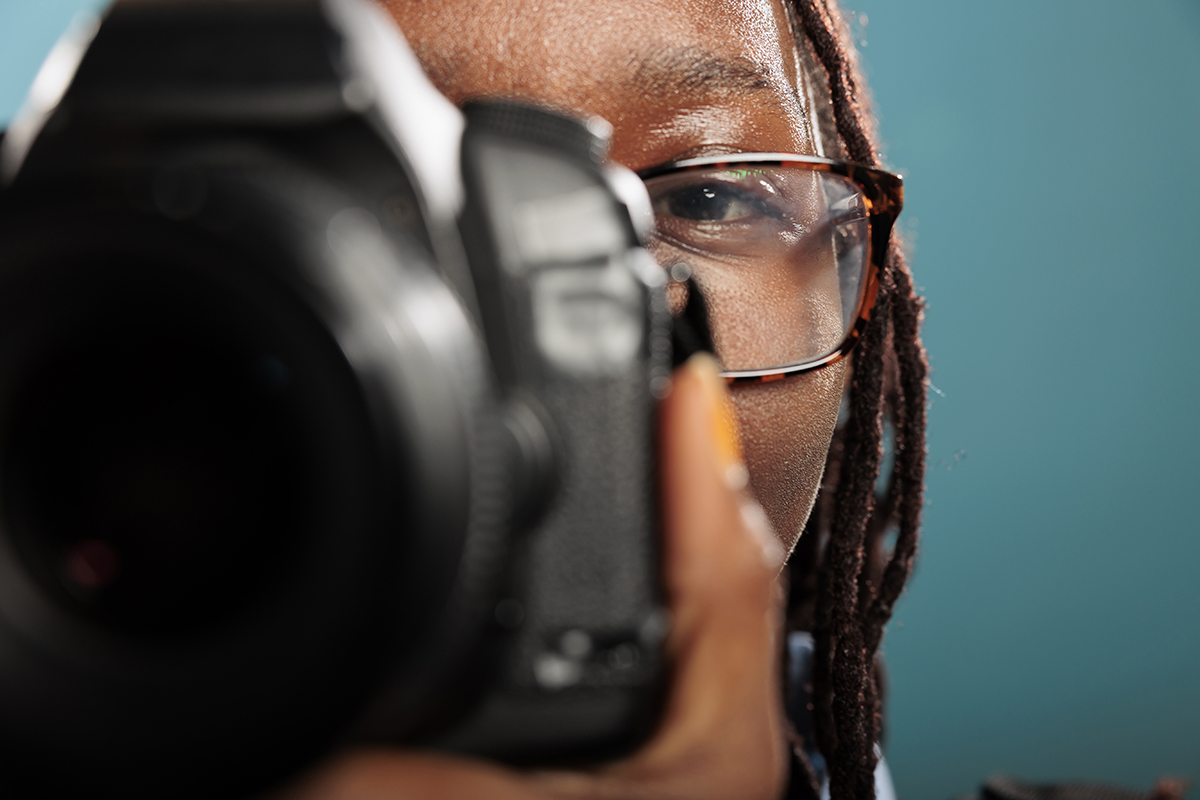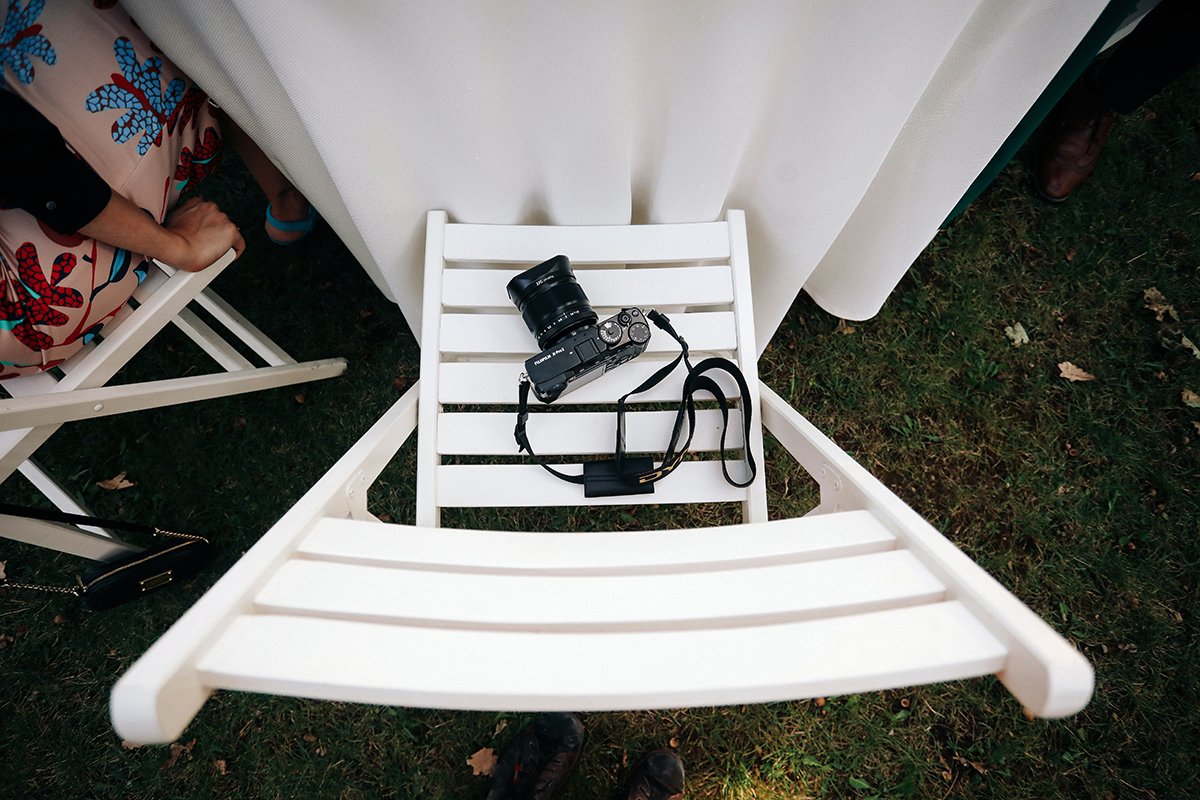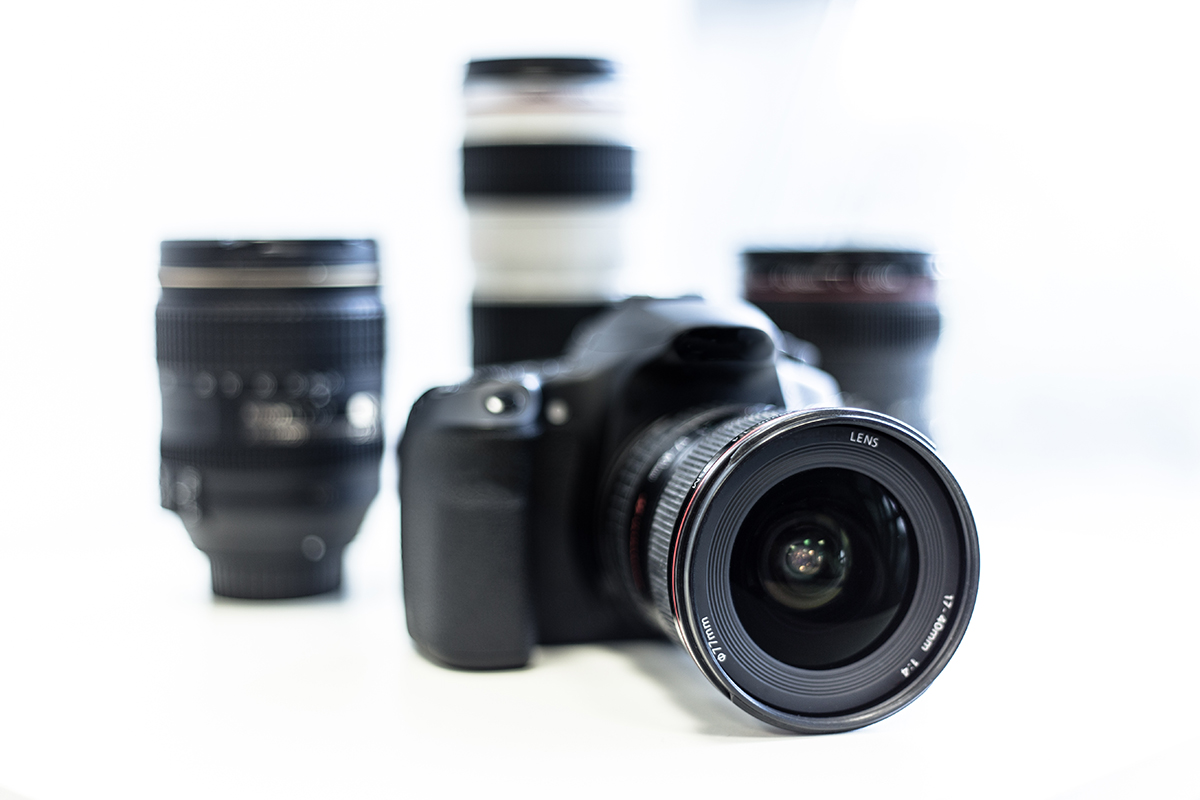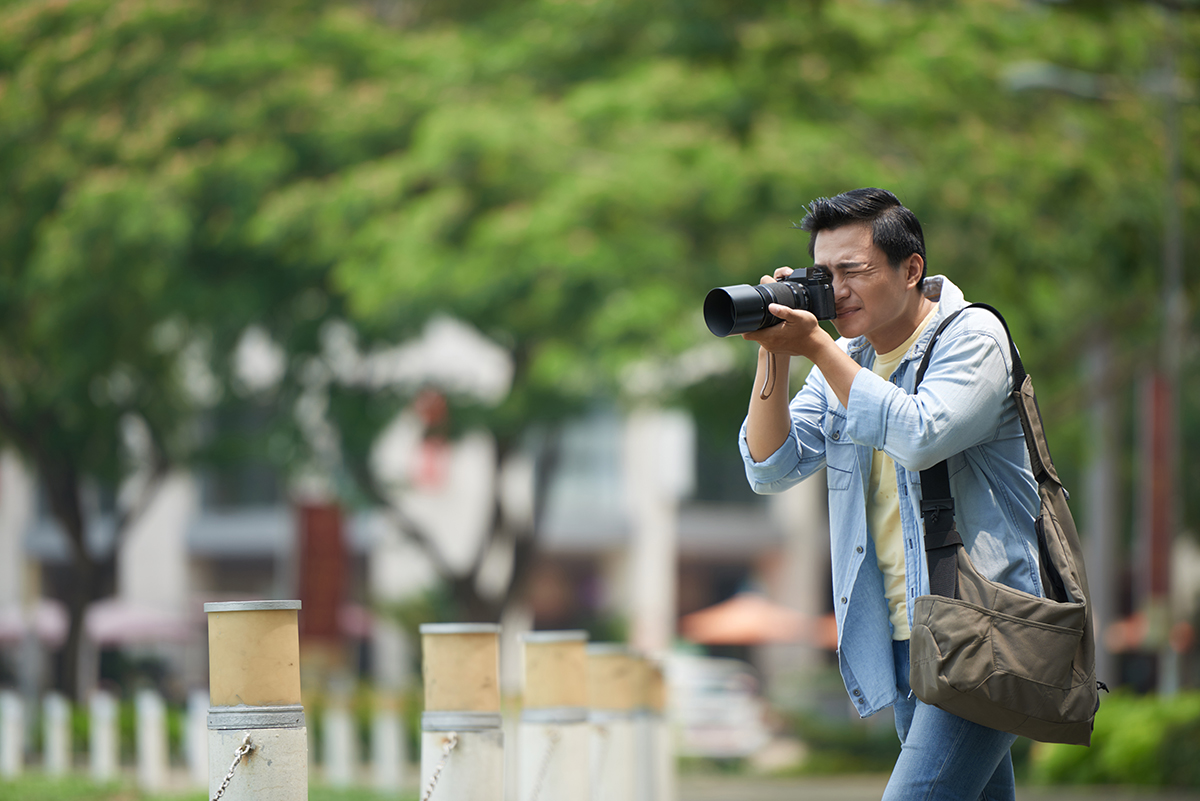The Pros & Cons of Full-Frame v Mirrorless Cameras for Photography
Introduction
When it comes to photography, the type of camera you choose is a crucial decision. With the rise of mirrorless cameras in recent years, many photographers are wondering if it’s worth making the switch from a Full-Frame DSLR. Both types of cameras have their advantages and disadvantages, and it’s important to understand the technical differences between the two to make an informed decision. In this blog post, we will discuss the technical differences between Full-Frame and mirrorless cameras, and outline the advantages and disadvantages of each.
Full-Frame v Mirrorless
Full-Frame cameras are called so because they have a sensor that is the same size as a 35mm film frame, which is the industry standard for Full-Frame cameras. Full-Frame cameras offer several advantages over their smaller sensor counterparts, including better low-light performance, wider dynamic range, and improved image quality.
A Full-Frame camera has a larger sensor than a mirrorless camera, which means it can capture more light and produce better image quality in low light situations. Additionally, Full-Frame cameras typically have a wider field of view, which is ideal for landscape photography. On the other hand, mirrorless cameras are often smaller and lighter than Full-Frame cameras, making them a good choice for travel or street photography.
Mirrorless cameras are a newer type of camera that have gained popularity in recent years. These cameras do not have the traditional mirror system found in traditional SLR cameras, which results in a lighter and more compact design.
When using prime lenses designed for Full-Frame cameras on a mirrorless camera, the images produced will be cropped, resulting in a loss of detail and a narrower field of view. However, the image quality and shallow depth of field will still be present.

Advantages and Disadvantages of Full-Frame Cameras
Advantages:
- Larger sensors: Full-Frame cameras have larger sensors than mirrorless cameras, which allows them to capture more light and produce better image quality in low light situations
- Wider field of view: Full-Frame cameras typically have a wider field of view than mirrorless cameras, which is ideal for landscape photography.
- Better dynamic range: Full-Frame cameras have a higher dynamic range, which means they can capture more detail in both highlights and shadows.
- Professional-level performance: Full-Frame cameras are often used by professional photographers and offer a higher level of performance than mirrorless cameras.
Disadvantages:
- Frame cameras are typically more expensive than mirrorless cameras.
- Size and weight: Full-Frame cameras are often larger and heavier than mirrorless cameras, making them less portable.
- Complexity: Full-Frame cameras can be more complex to use than mirrorless cameras, which can be a drawback for some photographers.
Advantages and Disadvantages of Mirrorless Cameras
Advantages:
- Lightweight and portable: Mirrorless cameras are often smaller and lighter than Full-Frame cameras, making them a good choice for travel or street photography.
- Interchangeable lenses: Mirrorless cameras use interchangeable lenses, which allows you to switch out lenses depending on your photography needs.
- Fast autofocus: Mirrorless cameras often have faster autofocus systems than Full-Frame cameras, which is useful for capturing fast-moving subjects.
- Silent shooting: Many mirrorless cameras offer silent shooting, which is useful for photographers who don’t want to draw attention to themselves.
Disadvantages:
- Image quality: Mirrorless cameras typically have smaller sensors than Full-Frame cameras, which can result in lower image quality in low light situations.
- Dynamic range: Mirrorless cameras often have a lower dynamic range than Full-Frame cameras, which can result in less detail in both highlights and shadows.
- Lens selection: The selection of lenses for mirrorless cameras can be limited, especially compared to Full-Frame cameras.

Lighting
Using Natural Lighting in Photography Natural light is a great way to add a soft, warm and natural feel to your photos. Landscape photography, in particular, benefits from using natural light as it helps to bring out the colors and textures in the scene. However, using natural light also has its disadvantages, as it can be unpredictable and changeable. But, a greater amount of light is often required when using a mirrorless camera. Therefore a combination of natural and artificial light may be required more often when using a mirrorless camera.
Using Artificial Lighting in Photography
Artificial lighting, such as flash or studio lights, can provide more control over the lighting in your photos. It is particularly useful for portrait photography, as it allows you to sculpt the light to highlight the subject’s features. However, artificial lighting can also be harsh and overpowering if not used correctly.
Advantages and Disadvantages of Natural and Artificial Lighting
Both natural and artificial lighting have their advantages and disadvantages, and the choice of lighting will depend on the desired outcome of the photo. Natural light is softer and warmer, but it can be unpredictable and changeable. Artificial lighting provides more control, but it can also be harsh and overpowering if not used correctly.
Editing RAW Files and JPGs RAW files provide the greatest amount of detail and dynamic range, but they also require more processing and editing. JPGs, on the other hand, are smaller in file size and ready to use, but they have a limited dynamic range and may have already undergone some processing. Both Full-Frame and Mirrorless cameras are able to record in RAW or jpg formats.

Conclusion
There are distinct advantages and disadvantages between both Full-Frame and Mirrorless cameras. Both are now used by professional photographers and in every situation.
Using natural light, with a full frame camera, and a prime lens, will, in general produce fantastic results. But, for the casual observer, and enthusiast, there is little difference between the two camera formats.
A Full-Frame camera, along with prime lenses, is a more expensive and heavier option. For convenience, and to be lighter on both the arms and the pocket, a mirrorless camera needs to be considered as an alternative option to that of a full frame body.
Using prime lenses on a mirrorless camera can also provide excellent image quality and shallow depth of field, but the images produced will be cropped and smaller in size compared to Full-Frame cameras.
The choice of natural or artificial lighting will depend on the desired outcome of the photo, and the use of RAW files or JPGs will depend on the amount of processing and editing desired.
Whether you’re shooting landscapes or portraits, it’s important to understand the technical reasons behind the choices you make in order to produce your own style of what can be stunning photos.

Being Technical
The advent of Smartphone devices has created a democratic accessibility to imagery.
However, such modern devices have not (yet) negated the need for experience, creativity and skill.
Shooting images is a challenge to my creative juices but the end results ultimately reflect the nature of each brand and client.
Within your own business there are occasions when your own mobile device will suffice, but, on other occasions, you need a professional to produce images that will create a lasting impression and gain traction for you and your business.
For your own photography you need to be free to do what you do best.
A Smartphone does not always cut it. We can.
Get in touch
The services that I provide to you give you media that is impactful and designed to create a response.
Tapping into my experience starts with you contacting me by clicking here for a no-obligation conversation, or, book an appointment with me on my calendar.
You can review the services that I offer to you within a safe environment during this COVID-19 situation.
Start planning your own event or trade show endeavours with me today.
Lord Pennington-Bailey, Arwyn, of Hougun Manor.
